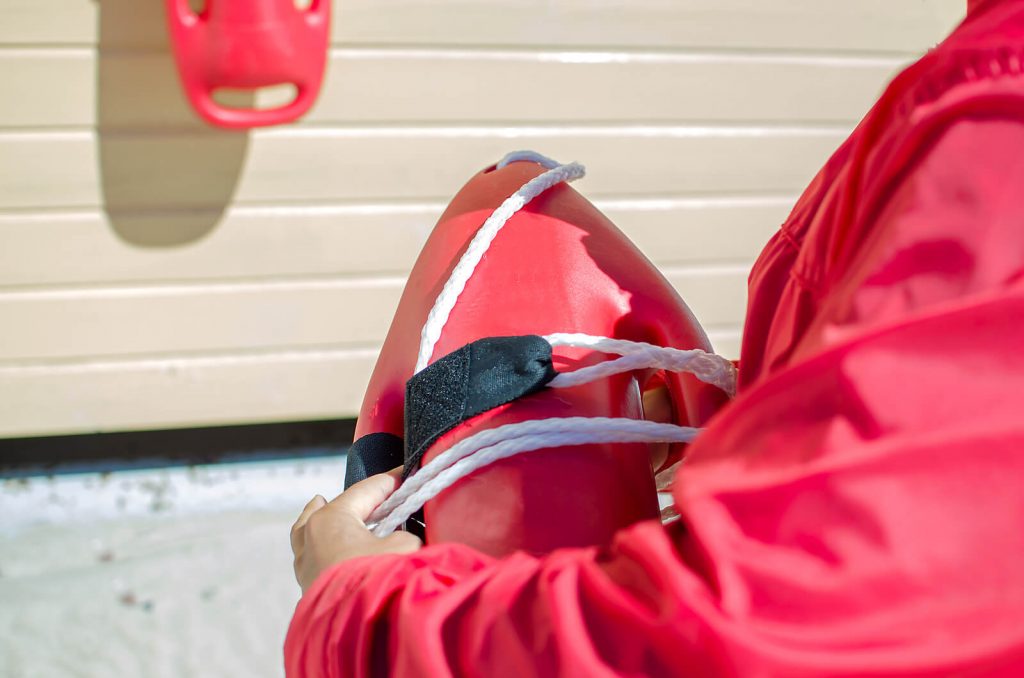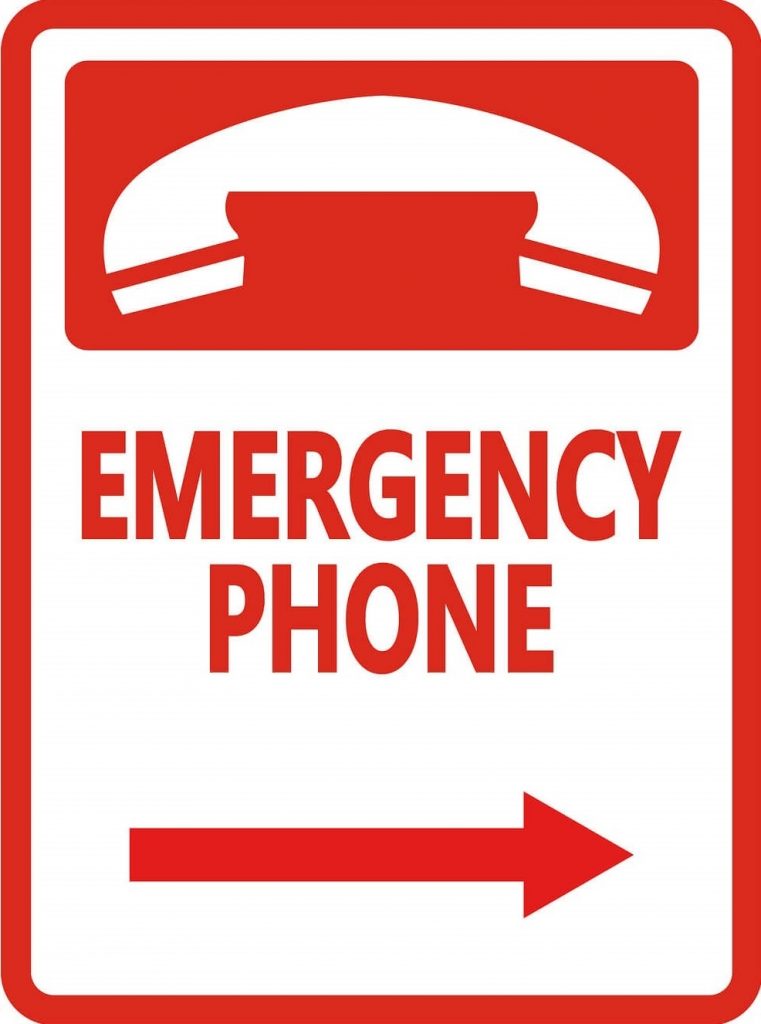Essential Swimming Pool Safety and Rescue Equipment
As a Certified Pool Operator®, swimming pool safety is always of utmost importance. Maintaining a safe swimming facility is no simple task – it takes strict adherence to codes and regulations, maintaining sanitary conditions, and remaining vigilant. One important aspect of swimming safety is having all rescue and swimming pool safety equipment available and in working order. While codes and regulations vary depending on where you are, here is a general list of swimming pool safety equipment that should always be on hand. (Please check your state code to verify what you need!)
Rescue Equipment
If a swimmer is drowning or struggling in the water, as the Certified Pool Operator® you want to ensure that you have the proper safety equipment on hand. Every swimming facility should have a light, strong, non-telescopic reaching pole no shorter than 12 feet long. Some regulations require that the reaching pole be up to 16 feet long. The pole must have a securely attached body hook or shepherd’s crook type pole with blunted ends.
A US Coast Guard-approved ring buoy is another essential piece of rescue equipment to have on hand. The outside diameter must be 15-24 inches and it must be attached to a throwing rope with a ¼ to ⅜ inch diameter and is two thirds the maximum width of the pool. Also, every lifeguard on duty must have one rescue tube. A polypropylene line or webbed towline and shoulder strap should be attached at one end of the rescue tube. You may also be required to have a rope and a floating lifeline that separates the deep and shallow ends of the pool at the transition point.
First Aid Equipment
While rescue equipment is there to take care of an emergency as it happens, first aid equipment must be accessible to help swimmers after an accident has already occurred. Due to the risk of head and neck injuries from diving, every swimming facility should have one or more backboards with a minimum of three tie-down straps and a head immobilizer. This allows you to move an injured swimmer without causing more harm. First aid kits housed in weather-resistant containers that meet OSHA standards should always be filled and ready for use.
Depending on your facility, there is other swimming pool safety equipment to consider. For example, Automated External Defibrillators can be used by trained operators to help a swimmer going into cardiac arrest. There are also manual and mechanical suction devices that can be used to clear a drowning victim’s airway. Resuscitators can be used to provide pulmonary ventilation that is superior to mouth to mouth resuscitation. Finally, you may need to carry survival blankets for hypothermia or shock victims.
Emergency Telephones
As a Certified Pool Operator®, you need to know when to call for help. Even though just about everyone has a cell phone nearby, certain local or state codes require an emergency telephone to be placed within a certain distance to the pool or spa (typically 200 feet). There should be a sign with important phone numbers, the exact location of the pool or spa, and dialing directions posted next to the telephone. This helps ensure the fastest emergency response time possible.
Swimming Pool Safety Experts
The best way to understand swimming pool safety is to become CPO® certified. You can learn from the experts and become CPO® certified at Pool Operation Management. Pool Operation Management’s award-winning CPO training courses train you how to properly operate a swimming pool or spa facility. Our two-day courses offer a wealth of information and training in everything from pool chemicals to energy conservation to risk and liability. For the very best in pool operation, contact us today.








